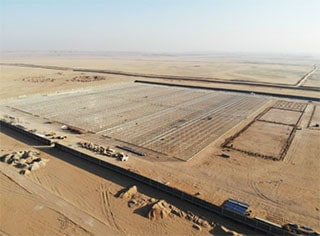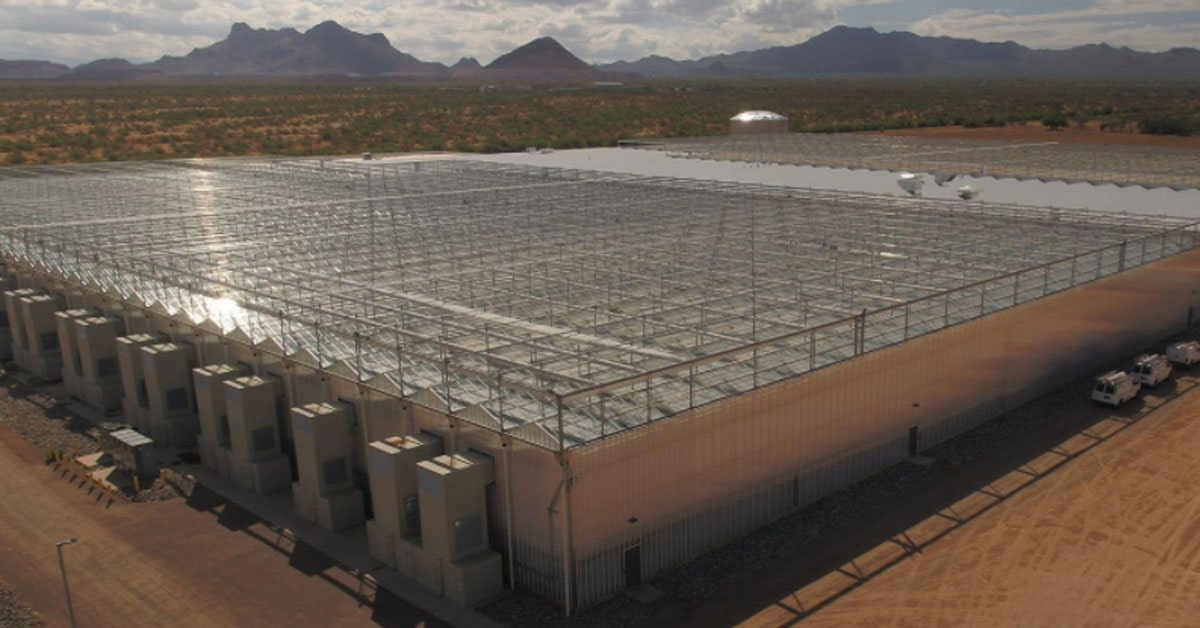There are very successful greenhouse projects in desert and very warm climates. But before going into creating one of them, here are a few things which needs to be considered…
Water

Plants need water. In warm areas tomato plants can consume 14 lit (3.7 gallons) , 16 lit ( 4.2 gallons) or more volume of water per m2 (10.8 square feet) greenhouse. Is there enough water available ? In desert areas maybe a well can be drilled. But before going into big planning and investments, maybe it is a good idea to do a test drill for water. The depths can go up to 200m (656 feet), sometimes even more.
Night / Day temperature difference
For tomato plants it is necessary to have a good night / day temperature difference. If the night and day temperatures are very close to each other, then there will be problems in tomato production. This is sometimes the case on some beach areas and islands.
Humidity
In some warm climates humidity can be very high all day long. This is a huge problem for tomato plants. Especially because some plant diseases tend to be very active in high humidity. In colder climates, the humidity problem is solved by means of heating the air around the plants. But since in the warm and desert areas it is already too warm, heating as a humidity control system is out of the question.
So if you plan to build a greenhouse in a desert, it is better to be in the desert mainland than by the sea. Because the mainland can have hot but dry air, which is always better.
Cooling
If the climate is up to 40-42°C (104-107°F) in summer time peaks, and with up to 35 °C (95 °F) standard summer time temperature, with cooler nights, this is no problem for tomato production. And I had projects with very high production in this type of climate.
But with higher temperatures, especially night time temperatures, cooling is a must.
Cooling systems need to be chosen in a way to provide good effective cooling at the reasonable energy cost, without too much disturbance to plant growth.
Screening / Shading
Shading systems are a must. Usually one or often two horizontal screens are used, plus the outside shading screen. They are often open systems because the thermal savings are not so important due to low levels of heating. But if two systems are installed, the lower system can be a 15% shade closed system with energy saving which can be used in winter if a mild heating is applied. It all depends on the growing strategy.
Greenhouse height
It is preferred for the greenhouse to be as high as possible. Constructions of 7m (23 feet) or 8m (26 feet) top height are often used. This is especially important because plant cool themselves, and especially in tomato plants you have a nice cooler air between the plants. It’s like a forest down there. If you allow a significant volume of air to exist above plants, which can be 2m (6.5 feet) or 3m (10 feet) with higher greenhouses, then a buffer of air is created above the plant and the air between the plants can stay nice cool.
So greenhouse height is one of the primary means of controlling the climate and making the plants cooler in your greenhouse.



0 Comments